Consumer Behavior
Do Sexy Breast Cancer Campaigns Demean Women?
Awareness campaigns use multiple techniques to sexually objectify women.
Posted November 21, 2012
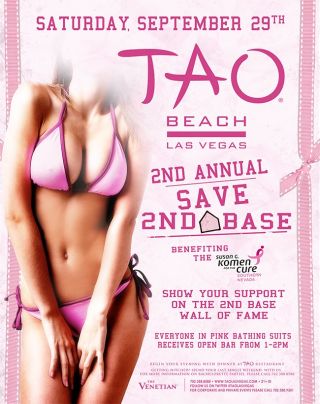
2nd Annual Save 2nd Base Event in Las Vegas
When the pink ribbon was created in 1992 it quickly became an icon for breast cancer awareness and advocacy. As the focal point of a burgeoning health social movement, the pink ribbon promoted solidarity and visibility of the Cause even as the pretty, pink, and non-threatening symbol evoked traditional gendered qualities such as nurturance, emotional connection, and feminine appearance. Public interest in the Cause gave way to commercialization and an excessive array of feminine product placements—anything from jewelry, clothing and cosmetics to figurines, toilet paper, and pink appliances. Primarily functioning as a logo for the breast cancer brand, the pink ribbon helped to transform breast cancer activism into pink ribbon consumption.
Trending perfectly with a culture that commodifies almost everything, from the most intimate aspects of social life to the war on breast cancer itself, breast cancer advertising and a new genre of trendy awareness campaigns use sexual appeals as a way to get attention and raise money. Some even claim to be educational, vital in the pursuit of a breast cancer cure, and instrumental in helping to save lives.
“It doesn't matter if you're into itty-bitty-titties, the perfect handful, jumbo fun-bags or low-swinging flapjacks, what matters most,” says Pornhub, “is that your kind and selfless gesture will go a long way towards helping our sisters to find a cure.” A video from the American Cancer Society argues that women are “glad their chest has our undivided attention” because they are “living proof that breast cancer can be defeated.” Boobstagram makes awareness claims by saying, “showing your breasts on the Internet is good, showing them to your doctor is better.” A Feel Your Boobies campaign uses sexual innuendo to try to persuade women to feel their breasts as a way to increase their survival potential.
Awareness campaigns like these use sex and women’s bodies to sell products, ideas, and a way of life.
Sexual Objectification of Women
Sexual objectification refers to the practice of regarding or treating another person merely as an instrument (object) towards one’s sexual pleasure, and a sex object is a person who is regarded simply as an object of sexual gratification. It is a type of objectification, which portrays people as objects (to be looked at, ogled, or touched), commodities to be purchased, used, discarded, or replaced, or any way that dehumanizes a person. Sexy breast cancer awareness campaigns use a variety of objectifying techniques.
Breast Cancer Awarness Ad 1. Use women’s bodies as literal objects.

Breast Cancer Awarness Ad
1. Use women’s bodies as literal objects.
Making Strides Chest-Level Video 2. Hone in on the breasts.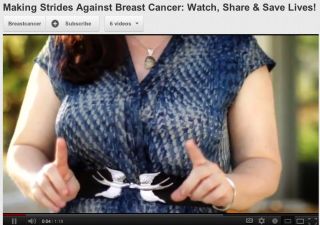

Making Strides Chest-Level Video
2. Hone in on the breasts.
A fundraising advertisement 3. Use objects in place of breasts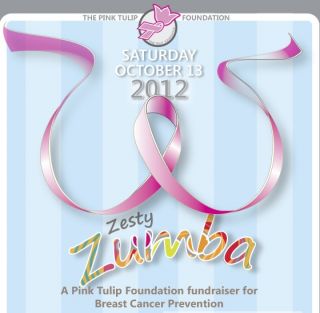

A fundraising advertisement
3. Use objects in place of breasts
4. Objectify breasts with language. Sexually objectifying imagery is reinforced with trivializing language that further sexually objectifies women. There are hundreds of slang words for breasts. How many of them are used in breast cancer awareness campaigns? Jugs, rack, melons, hooters, coconuts, funbags, headlights, cans, knockers, tatas, boobies, second base. A “Save the Cupcakes” fundraiser for Susan G. Komen for the Cure sells gourmet cupcakes such as the Tatas Sampler with Java Jugs, Honeynut Hooters, Coconut Milkshakes, Mango Melons, Tangerine Tatas, and Rocker Knockers – “cupcakes created to look like all types of breasts from various ethnicities to sizes.”
Linguistic objectification in a Pink Ribbon poster

Linguistic objectification in a Pink Ribbon poster
Coppafeel Ad 5. Depict breasts as things to be touched or groped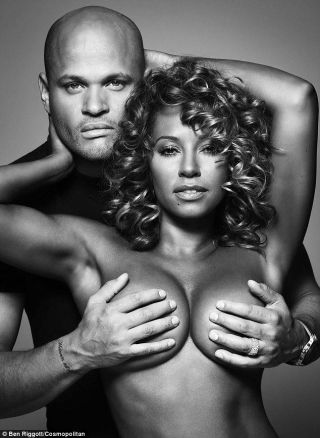

Coppafeel Ad
5. Depict breasts as things to be touched or groped
“Save the Boobs” public service announcement from the Canadian group Rethink Breast Cancer “Save the Boobs” public service announcement from the Canadian group Rethink Breast Cancer 6. Show women to be objects of the male gaze.
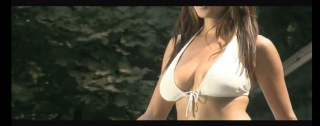

“Save the Boobs” public service announcement from the Canadian group Rethink Breast Cancer

“Save the Boobs” public service announcement from the Canadian group Rethink Breast Cancer
6. Show women to be objects of the male gaze.
“Save the Boobs” public service announcement from the Canadian group Rethink Breast Cancer Sexy breast cancer campaigns are an extension of the broader context that already sexually objectifies women. They just do it in the name of awareness and fundraising.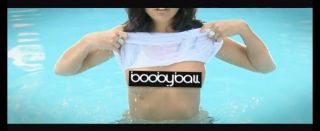

“Save the Boobs” public service announcement from the Canadian group Rethink Breast Cancer
Sexy breast cancer campaigns are an extension of the broader context that already sexually objectifies women. They just do it in the name of awareness and fundraising.
Beyond immediate distraction, sexy imagery has not been found to stimulate thinking. Advertising targets the subconscious, not the conscious. Jeane Kilbourne, author of Can’t Buy My Love argues that women have been conditioned early on to believe that their physical attractiveness is the most important thing about them. Advertising reinforces the message that sexual appeal and physical perfection can and must be attained thereby playing upon an inner critic that incessantly desires approval. Sexy campaigns also support the notion that women – even those who experience bodily damage and trauma due to treatment for breast cancer—are less important than their sexual appeal.
Read about these and other implications in my next post, "Sexy Breast Cancer Campaigns DO Demean Women. So What?"
Dr. Gayle Sulik is the author of Pink Ribbon Blues: How Breast Cancer Culture Undermines Women's Health. More information is available on the book's website.
© 2013 Gayle Sulik, PhD ♦ Pink Ribbon Blues on Psychology Today
*Note: All of the representations analyzed here are used to illustrate cultural trends and are shared in accordance with Fair Use policies. At the request of its creator, an image from the Body Paint Project was removed from this article.




